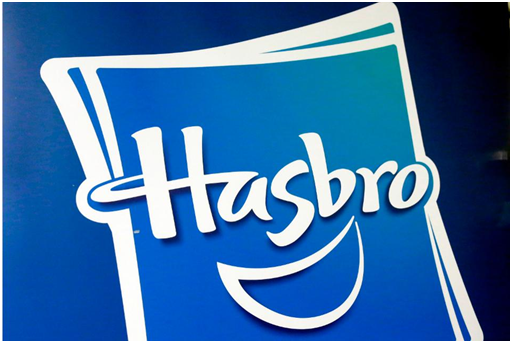![[Source: forbes.com ]](https://fabbaloo.com/wp-content/uploads/2020/05/Hasbro_img_5eb0910a63dbc.png) [Source: forbes.com ]
[Source: forbes.com ]
Charles Goulding and Peter Favata of R&D Tax Savers examine the potential impact of Hasbro’s move to eliminate plastic packaging on the 3D printing industry.
Hasbro Going Green
Hasbro, the large toy and game manufacturer, has just announced that it will start to eliminate plastic packaging beginning in 2020. Although this innovation will not involve its core plastic toys that are often designed by 3D printers, at this time, it could portend future changes that the 3D printing industry must plan for.
Hasbro’s news release states they will be “phasing out plastic from new product packaging, including plastic elements like polybags, elastic bands, shrink wrap, window sheets, and blister packs.” The company plans to eliminate all plastic packaging by the end of 2020. This is not the first time Hasbro has been committed to environmental sustainability; in 2010 they eliminated wire ties from their products and adding How2Recycle labeling in 2016. Eliminating plastic from toy packaging is a major new product and process endeavor that should be eligible for R&D tax credits.
Impact on the Future
We predict that once Hasbro develops sustainable materials it can substitute for all the plastic in packaging it will transfer this new knowledge to its underlying manufacturing processes which are often handled by third-party manufacturers.
Currently, many of these toy manufacturers are in China but the trade wars and tariffs are forcing the industry to look at alternative country suppliers. This packaging change is occurring while Hasbro is also managing the shift in customer base from the former Toys R Us to Walmart, Target, Amazon and other retailers.
We would suggest that 3D printed toy designers should ramp up their knowledge about alternative sustainable materials. The 3D printing sector is a major participant in the toy industry and needs to understand and benefit from this broad-based change in one of its largest markets. As this article went to press, Hasbro has announced their agreement to purchase Entertainment One Ltd., a film and television company, for $4 billion. Hasbro’s CEO indicated that the brands are very merchandisable which may mean a new line of branded toys.
The Research & Development Tax Credit
Enacted in 1981, the now permanent Federal Research and Development (R&D) Tax Credit allows a credit that typically ranges from 4%-7% of eligible spending for new and improved products and processes. Qualified research must meet the following four criteria:
-
Must be technological in nature
-
Must be a component of the taxpayer’s business
-
Must represent R&D in the experimental sense and generally includes all such costs related to the development or improvement of a product or process
-
Must eliminate uncertainty through a process of experimentation that considers one or more alternatives
Eligible costs include US employee wages, cost of supplies consumed in the R&D process, cost of pre-production testing, US contract research expenses, and certain costs associated with developing a patent.
On December 18, 2015, President Obama signed the PATH Act, making the R&D Tax Credit permanent. Beginning in 2016, the R&D credit can be used to offset Alternative Minimum tax for companies with revenue below $50MM and, startup businesses can obtain up to $250,000 per year in payroll tax cash rebates.

